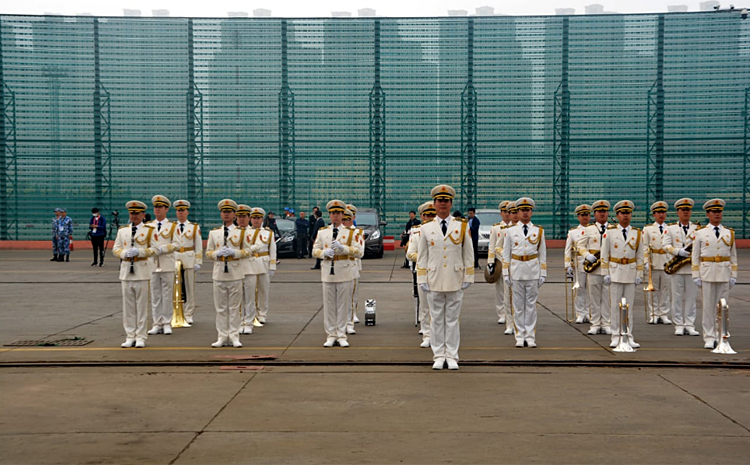INDIAN ARMED FORCES CHIEFS ON
OUR RELENTLESS AND FOCUSED PUBLISHING EFFORTS

SP Guide Publications puts forth a well compiled articulation of issues, pursuits and accomplishments of the Indian Army, over the years

I am confident that SP Guide Publications would continue to inform, inspire and influence.

My compliments to SP Guide Publications for informative and credible reportage on contemporary aerospace issues over the past six decades.
Naval Drills in South China Sea
 |
The Author is Former Director General of Information Systems and A Special Forces Veteran, Indian Army |
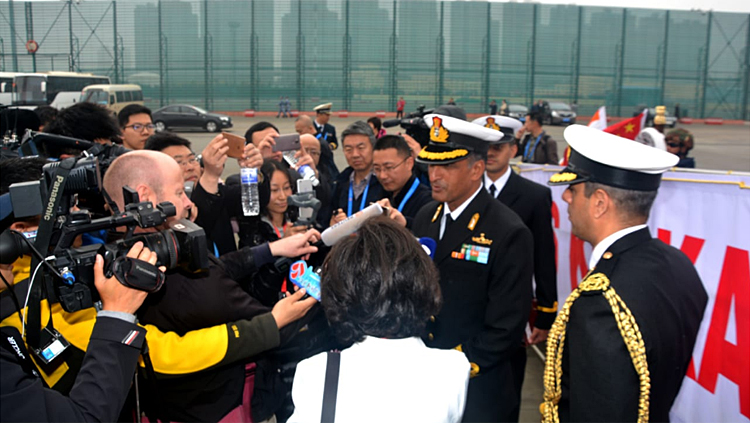
Navies of India, US, Japan and Philippines recently conducted a six-day long joint naval drill in the South China Sea (SCS) that concluded on May 6, 2019. From the Indian side, Guided Missile Destroyer INS 'Kolkata' and Fleet Support Ship INS 'Shakti' participated in the 'Group Sail' event. These two ships had recently participated in China's International Fleet Review in the port city of Qingdao - 70th anniversary celebrations of Chinese People's Liberation Army (Navy). The two ships had then sailed to Busan in Republic of Korea where they represented India in the Maritime Security (MS) Field Training Exercise before sailing back home. From the US Navy, Arleigh Burke Class Destroyer USS 'Williams P. Lawrence' participated. Helicopter Carrier JMSDF (Japan Maritime Self Defence Force) 'Izumo' and Guided Missile Destroyer JMSDF 'Murasame' participated from the Japanese side, while Frigate BRP 'Andres Bonifacio' joined in from the Philippines side.
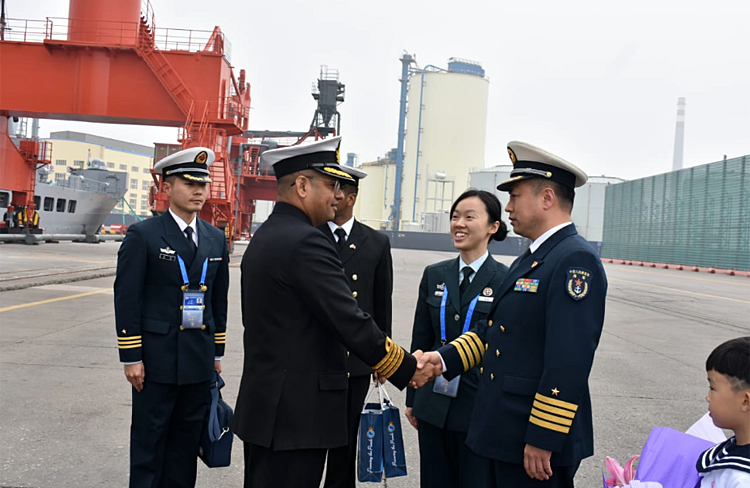
The strategically important waterway through which 'Group Sail' was conducted, is claimed almost entirely by China though Brunei, Indonesia, Malaysia, the Philippines, Taiwan and Vietnam all have competing claims to parts of the SCS. During the 'Group Sail' naval exercise, two other US warships reportedly sailed near islands in the region claimed by China on May 8, prompting a protest from Beijing saying the action infringed its sovereignty. However, the US Navy claimed it conducted such freedom of navigation operations (FONOPS) in international waters around the world, even in seas its allies say are theirs, without political considerations. It may be recalled that in April this year, USN Williams P. Lawrence and another US destroyer had sailed through the Taiwan Strait in backdrop of China claiming Taiwan its renegade territory. Post the 'Group Sail event, Commander Andrew Klug, captain of William P. Lawrence, said in a statement, "Professional engagements with our allies, partners and friends in the region are opportunities to build upon our existing, strong relationships." This is true for all bilateral or multilateral exercises whether on land, sea or air. The bullish part was some media headlines in the US and at home terming the four-nation naval drill in SCS posing a "Challenge" to China – fresh one concurrent to heightening US-China trade war. This could have been prompted by Chinese protests. But China protests to any and all activities in waters illegally claimed by her. Yet these protests by Beijing are routine and perfunctory because China knows none will even 'bump' a Chinese vessel, as China has been doing routinely to navies of its neighbours, particularly to Vietnam, aside from marauding territorial waters of other countries with her so called civilian maritime militia.
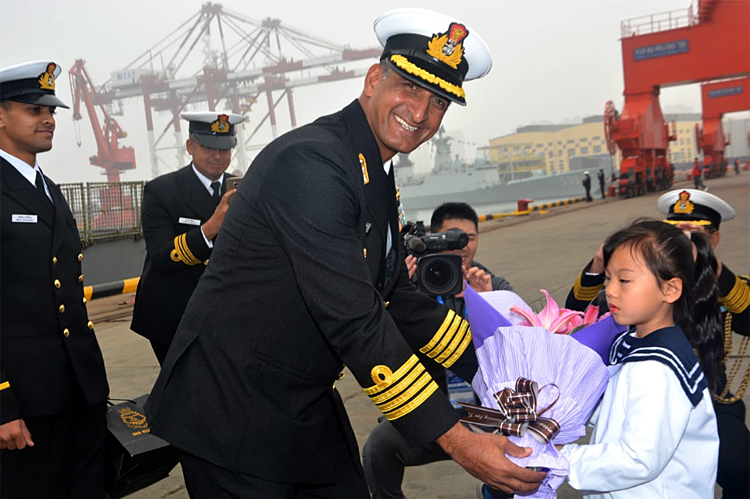
Such naval exercises and manoeuvres have been held in the past many times, including India-US-Japan trilateral naval drills in Western Pacific. If China felt challenged or threatened in any manner, it would have not achieved militarisation of SCS, which incidentally is still continuing. As for Indian participation in 'Group Sail', China is aware Indian participation in conflict in the SCS against China is a possibility infinite years away. Besides, India willingly participated in PLA's International Fleet Review at Qingdao recently. India anyway is loathe to any alliance and doesn't want to give any semblance of being part of 'counterbalancing' China; the reason is obvious – adverse asymmetry vis-à-vis China in military and economic terms. The intent of 'Group Sail' was professional engagement with partners and friends, enhancing interoperability and building stronger relationships. If it is construed as signaling 'strategic intent' then Beijing knows full well there is no formal security architecture that it should be worried about. Interestingly, delivering the closing remarks during the International Maritime Security Conference on May 15, 2019, on sidelines of the International Maritime Defence Exhibition in Singapore on May 15, 2019, US Chief of Naval Operations Admiral John Richardson stated that US Navy has not stepped up maritime patrols to challenge China's sweeping territorial claims in the SCS but is maintaining a "consistent" presence in the disputed waters. Richardson added, "I've done the analysis so that I can state with confidence that our level of operations, our presence there, has been consistent over the decades. There's nothing that has spiked recently."
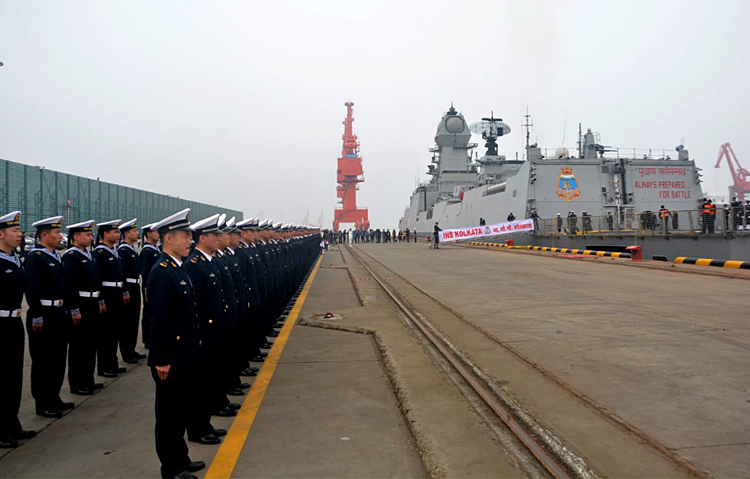
India is part of the Quadrilateral Security Dialogue, termed 'Quad'; an informal strategic dialogue between the US, Japan, Australia and India that also hold joint naval exercises. But it ends there with no war-gaming or even discussion about conflict scenarios. There is little doubt that China plans to militarize the Indian Ocean Region (IOR) akin to the SCS. It has its nuclear talons well poised in North Korea and Pakistan in the Indo-Pacific, and it is Chinese actions that may likely to lead to conflict in the region. Interestingly, China has been building perceptions that "India and Australia are not compatible". In an article titled 'Who Will Win the Great China-India Naval War of 2020' published in 'Foreign Policy' on August 7, 2017 scenarios of future India-China naval war have been discussed. But given the dynamics of the Indian Ocean, such conflict will certainly draw in multi-national forces. As it is, the OBOR and MSR also aim to replace the Dollar with the Yuan, which is already generating heat. Finally, what will matter in the Indo-Pacific is when conflict happens, how it will play out and who will partner whom.
